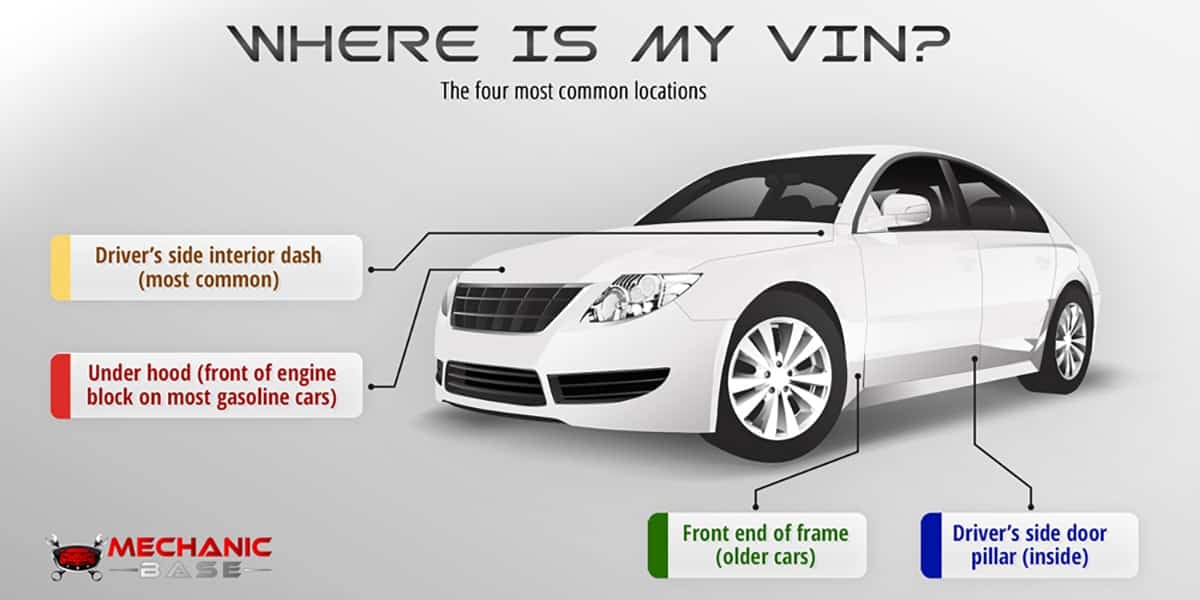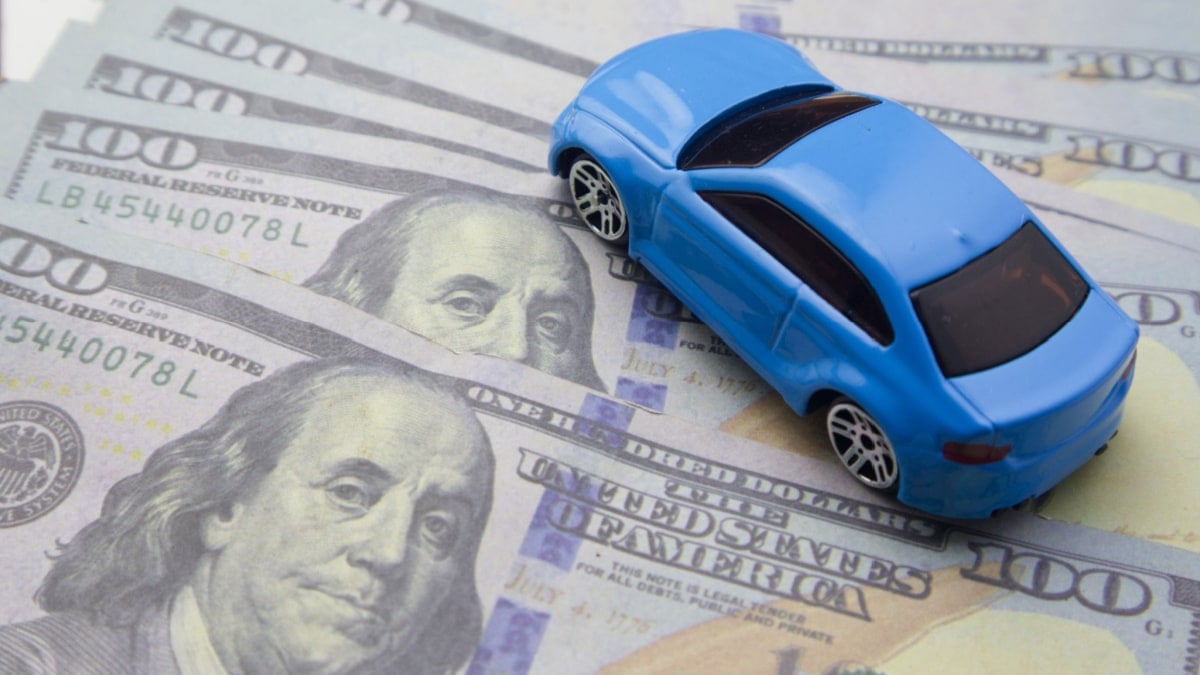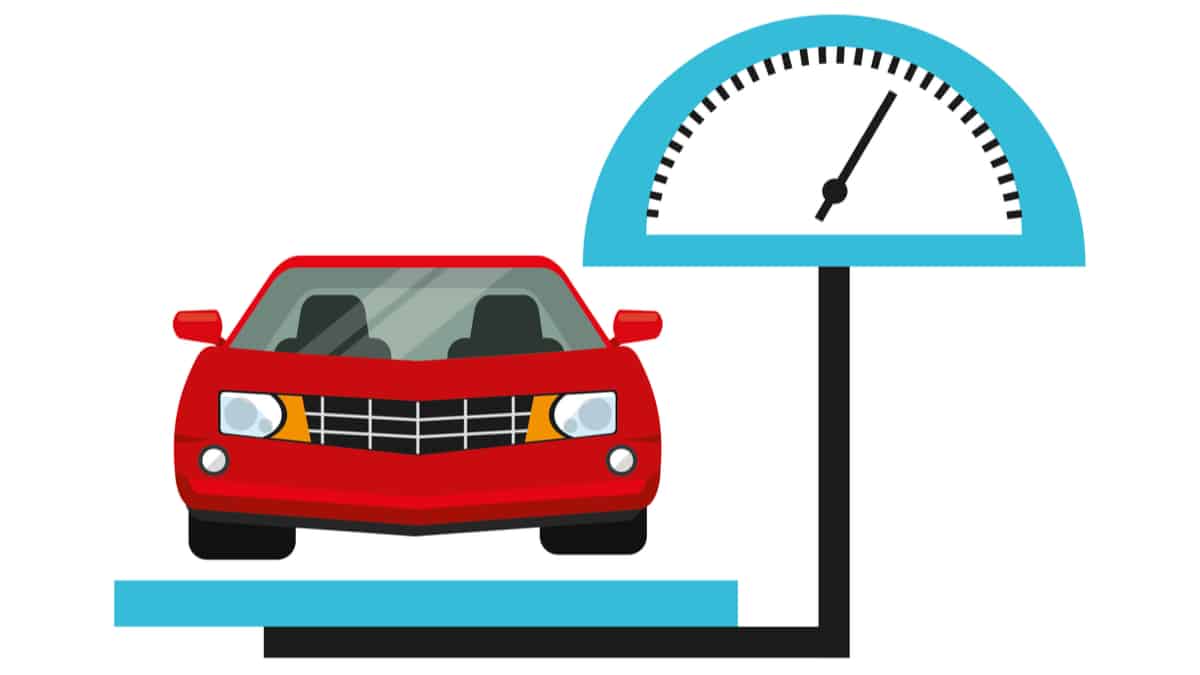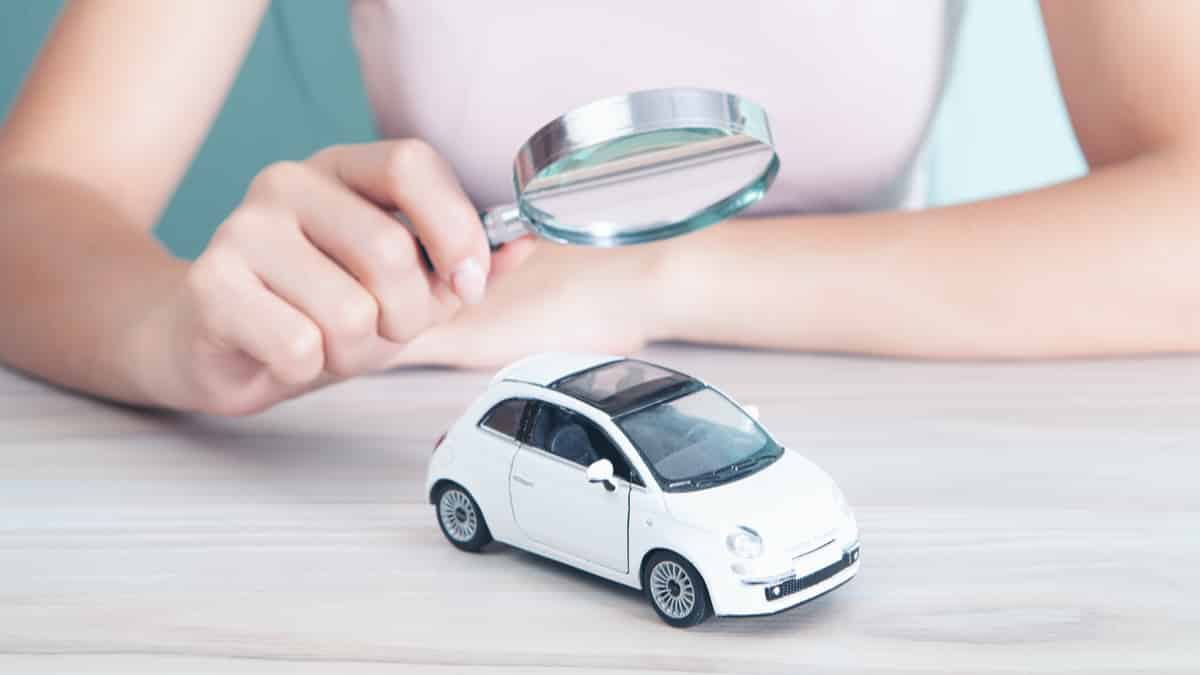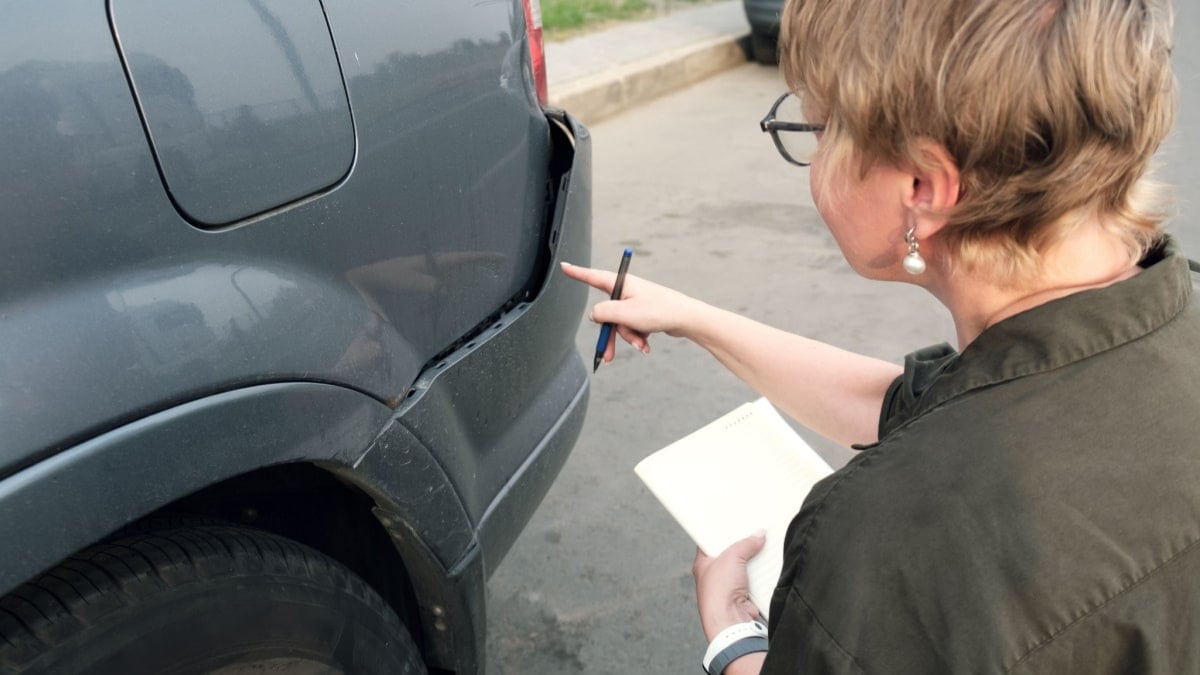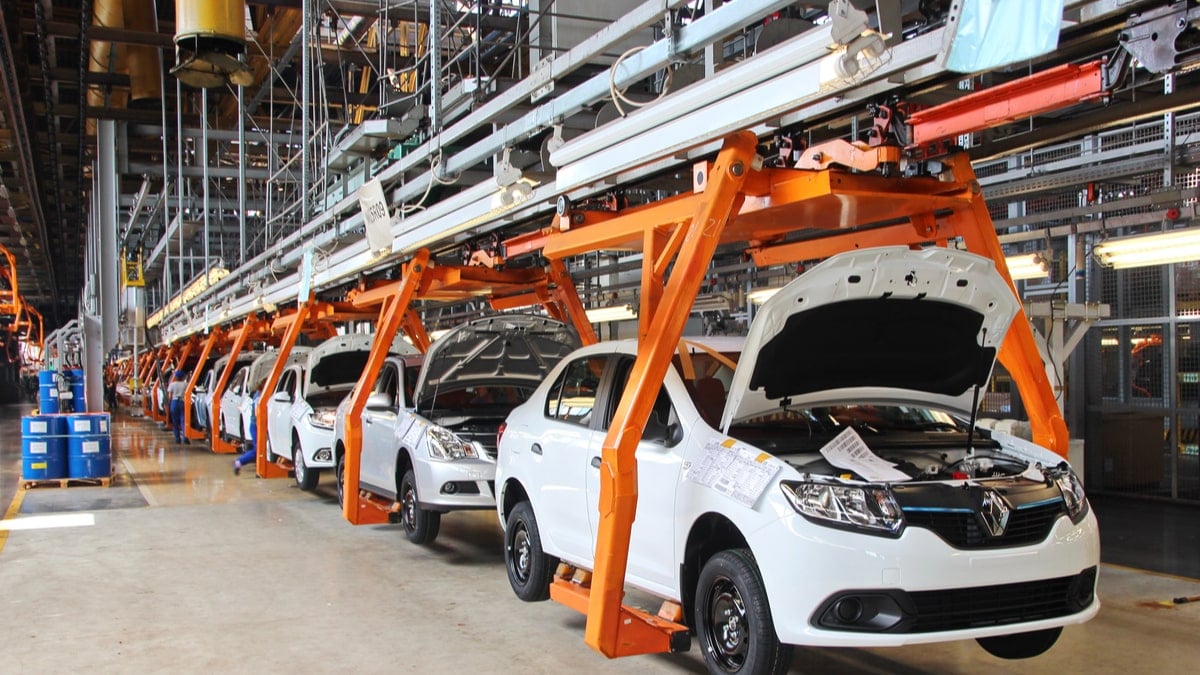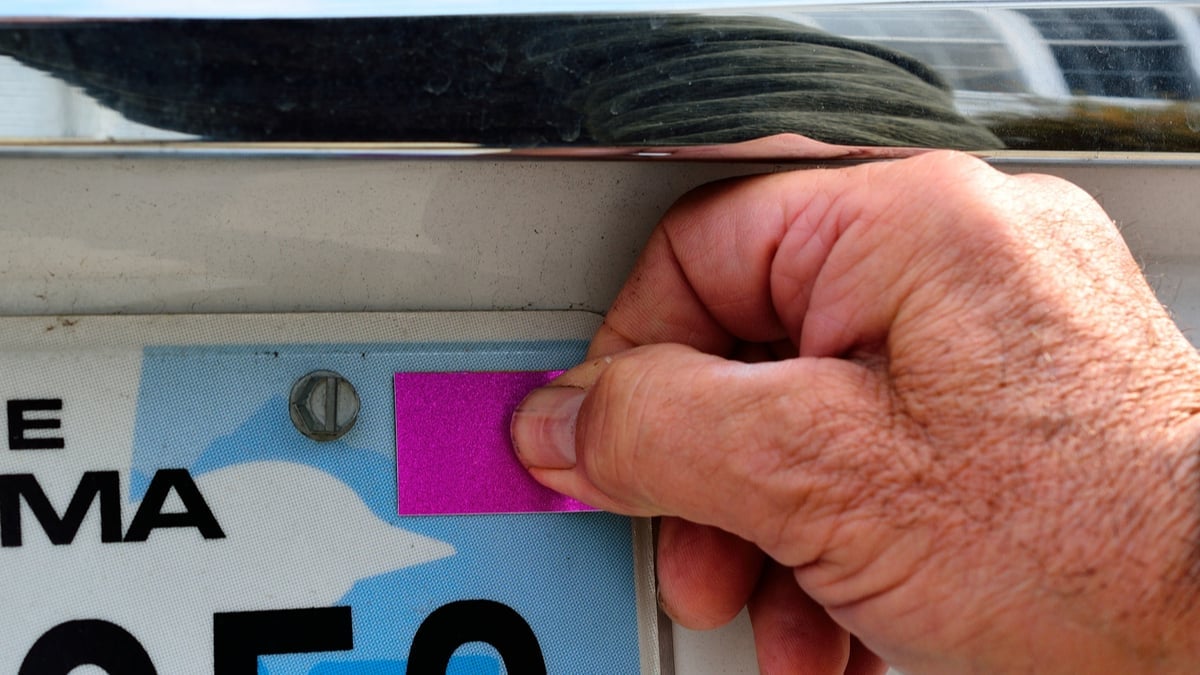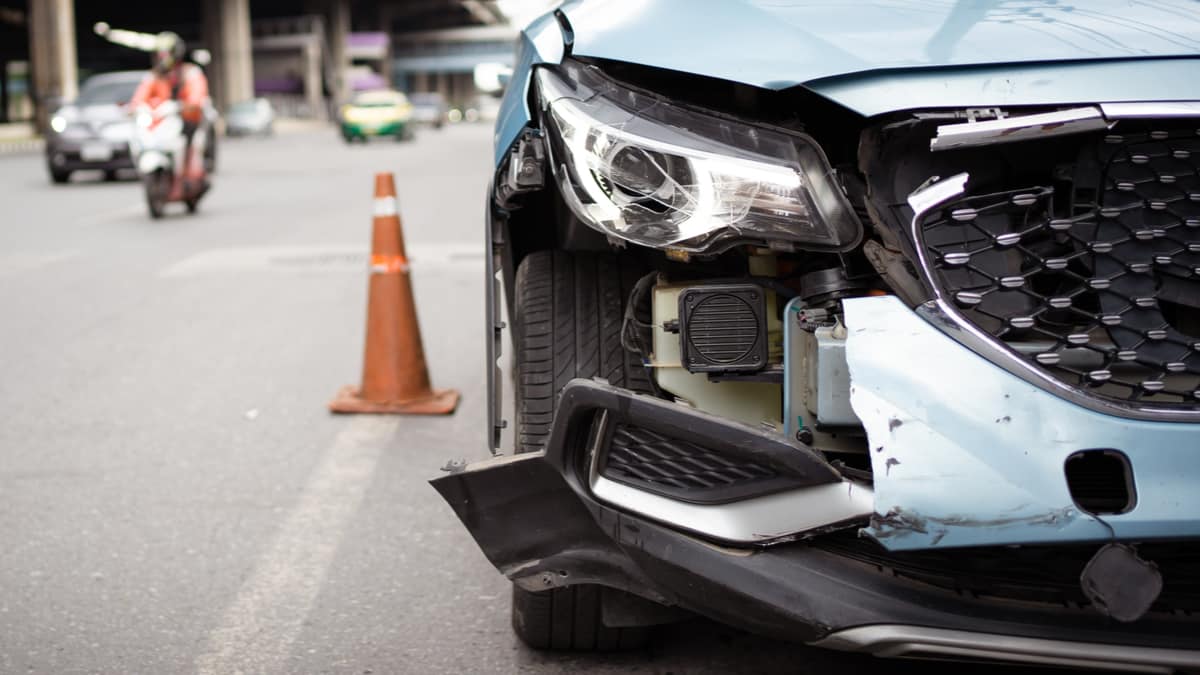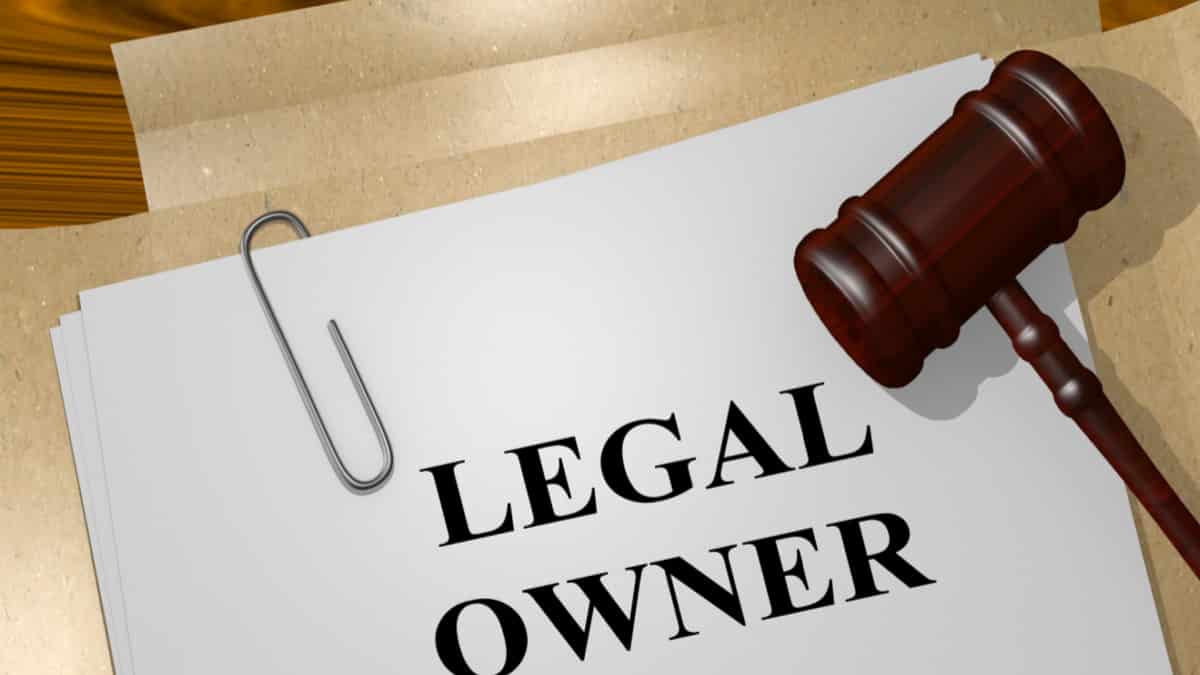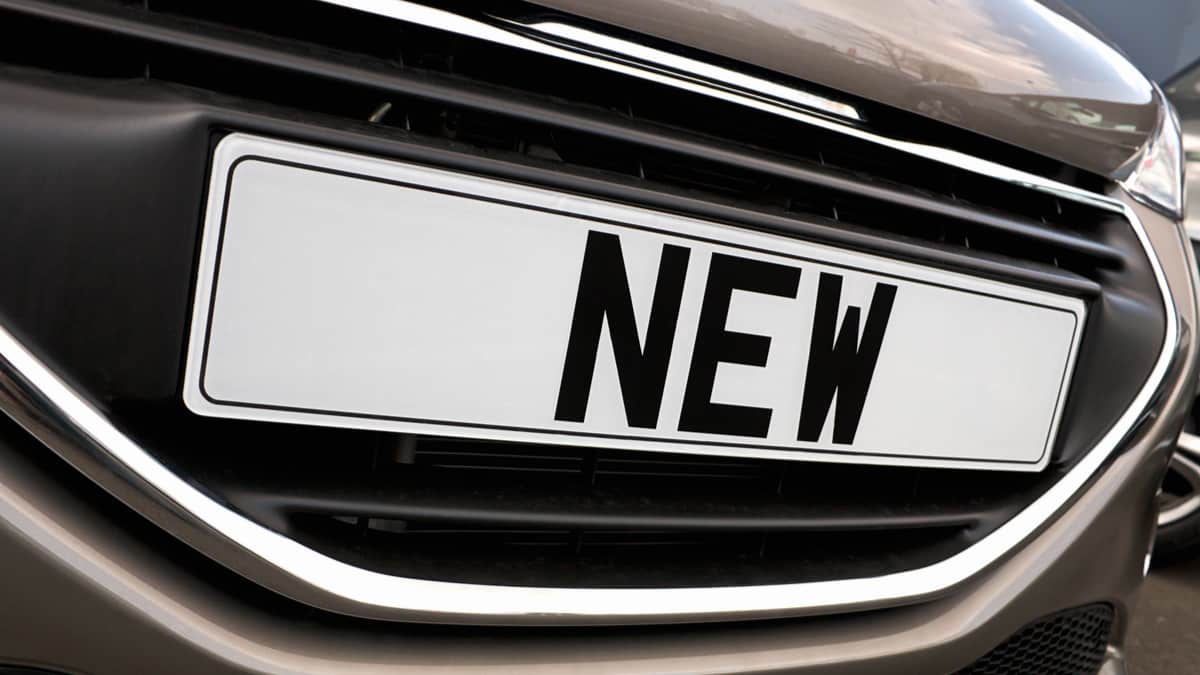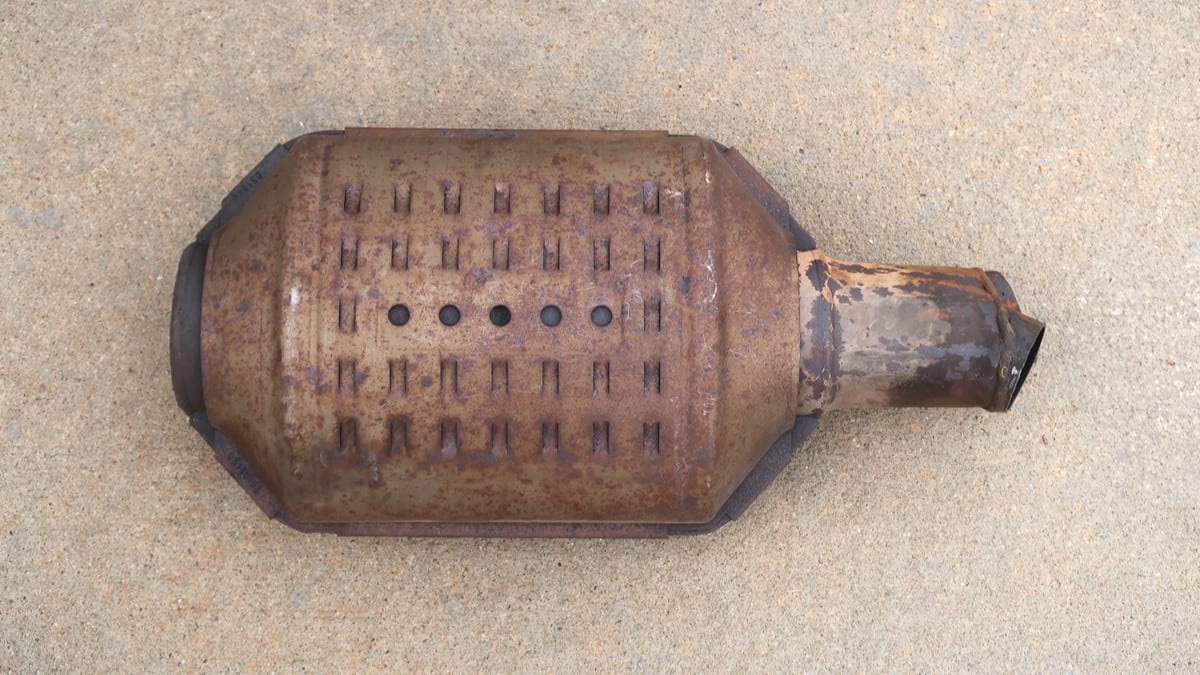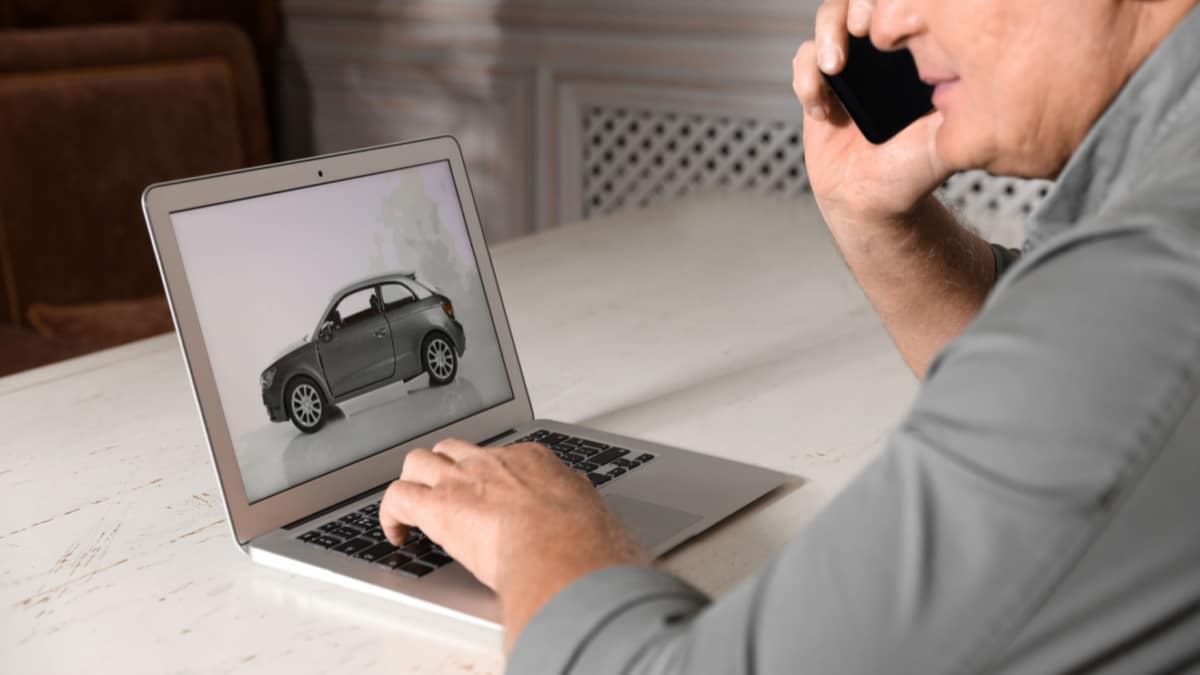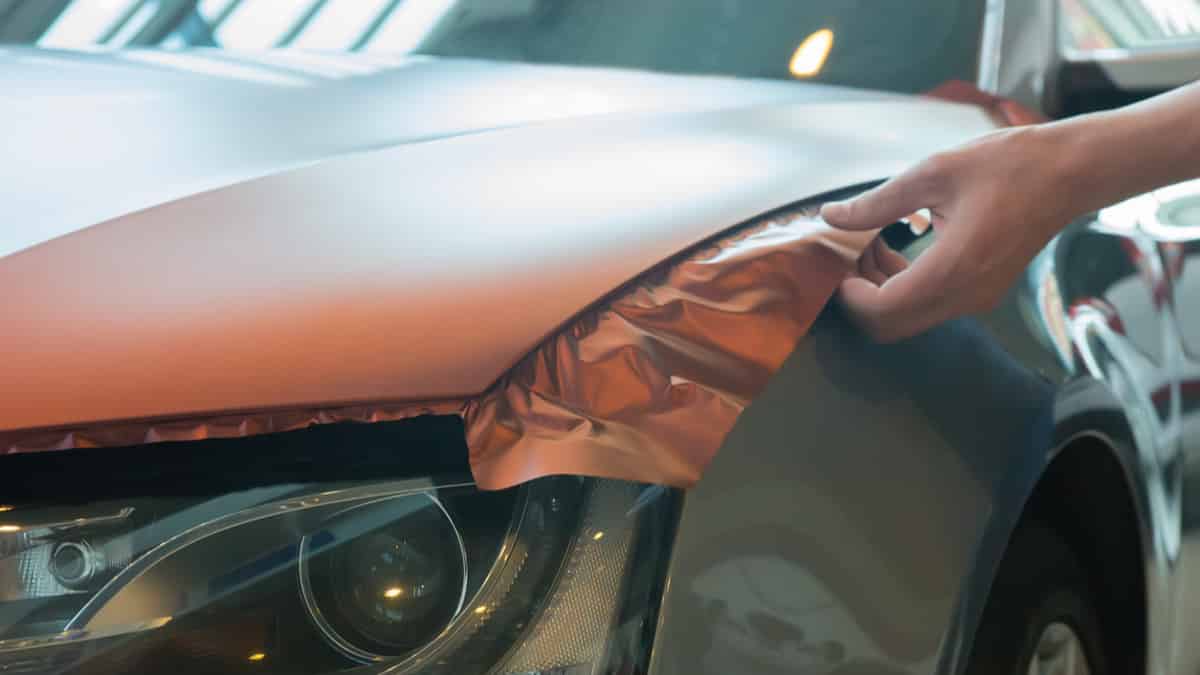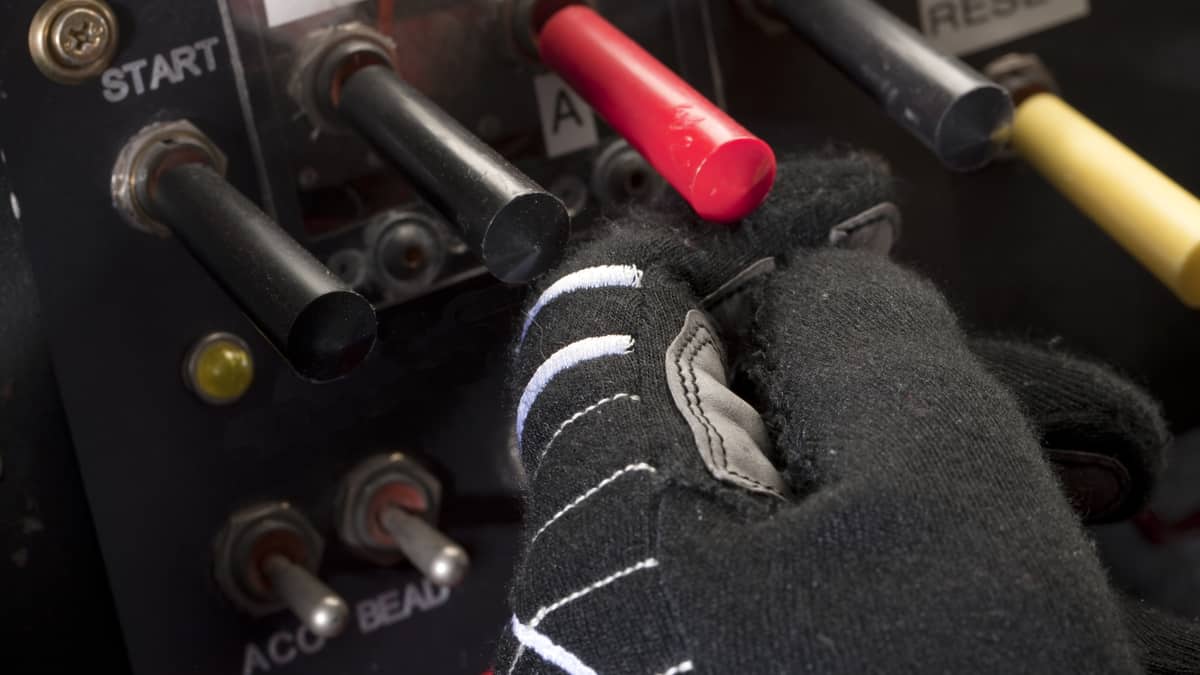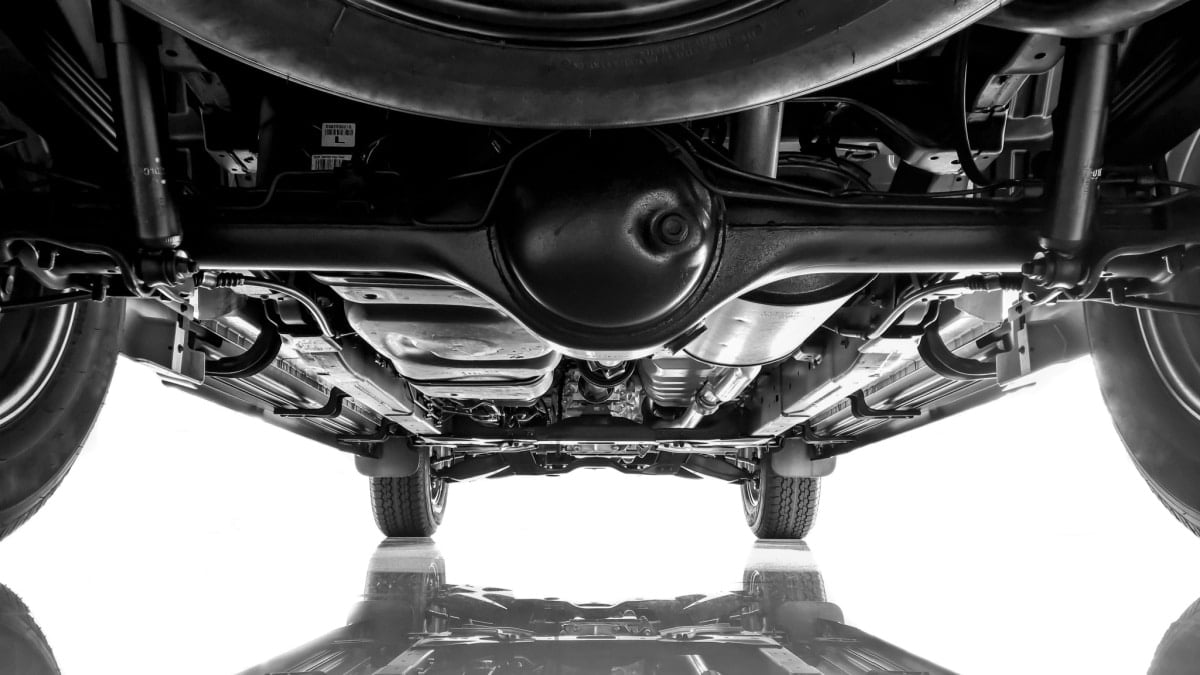Every car has a fingerprint that’s unique to it, known as its Vehicle Identification Number (VIN). This 17-character identification operates the same way a Social Security Number does for you. Where can you find the VIN on your car and what is it good for?
Learning how to find this number and what it means is important to your car ownership responsibilities. In this guide, we show you where to find it and explain its meaning. We also explain why you might need to use it.
Where Is The VIN Located On A Car?
The car’s VIN number can be found on the dashboard etched into a metal plate. It’s also on a label found on the driver’s side door jamb. Some vehicles have it printed in other locations, but you can also find the VIN on important paperwork, such as the car title and insurance cards.
Here is some more detailed information on where to find your vehicle’s VIN number:
1. On Dashboard
Most people go right to the dashboard when they need to find the VIN. That’s because the manufacturer prints it on a metal plate and places it on the dash.
You can find it if you look at the driver’s side of the car, where the windshield meets up with the dashboard. It’s facing out, so it can easily be read from outside the vehicle.
2. On Driver’s Side Door Jamb
If you open up your driver’s side door, you can find another location for the VIN. It’s printed on a label inside the driver’s side door.
This label has other information on it as well. You can find the gross vehicle weight rating, tire size, paint color and trim code.
3. Important Paperwork
When you get your vehicle titled, the VIN is included in the paperwork. If you have the title on hand or the car’s registration, you can get the VIN from there.
It’s also located on the car insurance paperwork. You may have a physical copy of it or you can pull it up online through your account.
4. Other Miscellaneous Locations
The VIN is located on the engine’s firewall and often on the transmission too. This practice is done for security, to match up the vital parts with the car, especially if it gets stolen.
When you swap out the engine or transmission, keep in mind that these VINs will no longer match up. It’s one way a potential buyer can tell if the main components have been swapped.
How Do I Read a VIN?
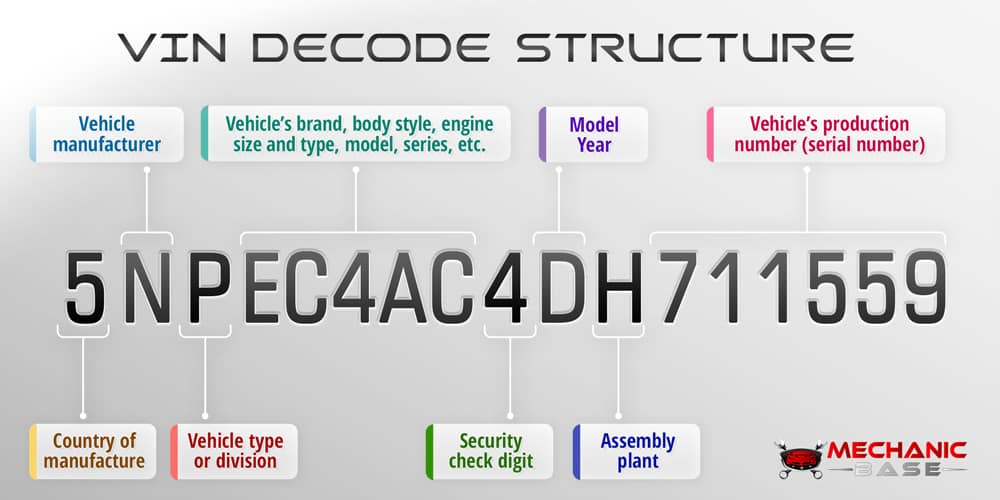
Every VIN has a unique code, but it’s not just random letters and numbers. Here’s what every digit means.
- 1st character: Country code where the vehicle was manufactured.
- 2nd – 3rd character: Name code of the manufacturer.
- 4th – 8th character: Engine type/size, brand, model, series and body style.
- 9th character: Vehicle security code.
- 10th character: Vehicle’s model year.
- 11th character: Assembly plant where the car was manufactured.
- 12th – 17th character: Vehicle serial number.
When is a VIN Needed?
1. Buying a Car
You have a lot to think about when you buy a used car. You are looking over the condition, checking to see if it is mechanically sound and evaluating the price.
You also want to do a title check with the VIN. Running a CARFAX vehicle history report and a VIN decoder can give you important information about the car before you buy it, such as any accidents it has been in, whether it was a salvaged car and the service history.
2. Selling a Car
If you want to sell the car, it’s helpful to give the prospective buyers a look at the CARFAX report. This shows transparency on your part.
Plus, you will need the VIN when you transfer the title to the new owner. Make sure it’s correct when you write it or it could be a costly mistake.
3. Taking Out Auto Loan
If you need an auto loan or you want to refinance, the VIN will be needed. With the VIN, the lender can quickly look up the value to see what it’s worth.
Additionally, the VIN is needed on the final paperwork. With the bank as the lienholder, the VIN must be provided.
4. Repairing Car
If you take your vehicle to the shop for repair or maintenance, the technicians will it up by the VIN. This gives them the information that’s needed to get the right parts, based on the engine and transmission type found in the vehicle.
Additionally, when you get warranty work done at the dealership, the paperwork will include the VIN. With this information, the automaker knows exactly what car was worked on and why. This information will also be found on the CARFAX report that outlines service history, so it’s a good thing.
Even if you do your own repairs and maintenance, you might need the VIN number. When you do a lookup for parts online or you call the local auto parts store, they might need part of the VIN to ensure components are compatible. With this VIN, they can match up the engine and transmission without any errors.
5. Looking up Recalls
Most cars end up with some sort of safety recall down the road. However, not every car of a particular batch is requested back.
To find out if your vehicle is part of a new recall, you can look it up by the VIN on the National Highway Traffic Safety Administration website. This database searches the recalls for your vehicle back 15 years, just in case you missed something or you are purchasing a used car.
6. Filing Police Report
There are several reasons why a police report would need to be filed. The worst circumstance is if your car gets stolen. Hopefully, you haven’t left the title in the car, or the thieves have a lot more power than you want.
For the police to attempt recovery of the vehicle, they will need the VIN. The police will also enter the VIN in a database for the future. If the car isn’t recovered, it will always be listed as a stolen vehicle, just in case, it turns up in the future.
Additionally, if you are involved in an accident, the police report will include the car’s VIN. This documentation is needed to file the insurance claims.
7. Buying Car Insurance
Before you purchase a new car insurance policy, you will have to give the representative the VIN. With this information, the company knows if there have been other accidents or repairs that could impact what kind of quote you get. Plus, with the VIN, you can also shop around for the best insurance rate from multiple companies with the hope of saving some money.
In the future, this VIN will be used to match up the vehicle for any covered repairs or work that is performed. The insurance company will want to match it with any police paperwork from the scene as well.
Categories: General
